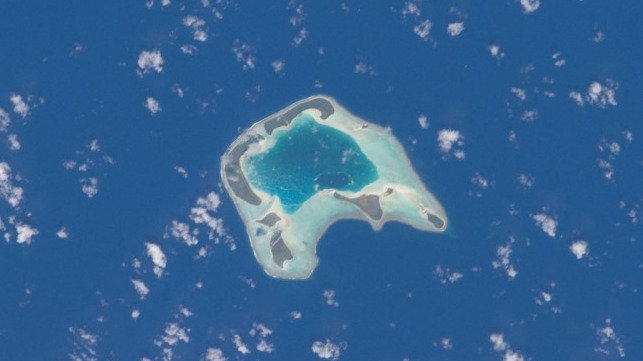Pacific Island Leaders Agree to Set Permanent Maritime Borders

The leaders of Pacific island countries have agreed to establish permanent maritime boundaries, notwithstanding climate-change related sea rise. The declaration was made by the Pacific Islands Forum (PIF), comprising 18 member island countries in the Pacific region. It affirms that once the Pacific Islands have established and notified maritime zones to the Secretary-General of the United Nations, they will be fixed irrespective of changes to the shape and size of the islands. This follows a resolution made a year ago by the Pacific Islands leaders, calling for urgent and collective action to secure maritime zones of the member states in accordance with the UN Law of the Sea Convention addressing sea-level rise and climate change.
“We proclaim that our maritime zones, as established and notified to the Secretary-General of the United Nations in accordance with the Convention, and the rights and entitlements that flow from them, shall continue to apply, without reduction, notwithstanding any physical changes connected to climate change-related sea-rise,” reads the declaration. “We do not intend to review and update the baselines and outer limits of our maritime zones as a consequence of climate change.”
The maritime zone of a country is delineated using baselines set by the UN Law of the Sea convention beginning at the low-water line along the coast. However, due to climate change effects, these baselines are constantly changing. In the case of island countries, there is a long-standing concern that sea-rise will ultimately alter their coastline boundaries, and generally the countries’ size.

that matters most
Get the latest maritime news delivered to your inbox daily.
While responding to the recently released IPCC report, PIF’s Secretary General, Henry Puna said that major emitters of the world could no longer ignore the voices of those already enduring this unfolding existential crisis.
“Of major concern for the Blue Pacific continent and the future of our island homes, is the fact sea levels could rise by two meters by 2100 and a disastrous five meters by 2050. The report also found that extreme sea level events that previously occurred once in 100 years could happen every year by the end of this century. To put this into perspective, this will result in the loss of millions of lives, homes and livelihoods across the Pacific and the world,” said Henry.
